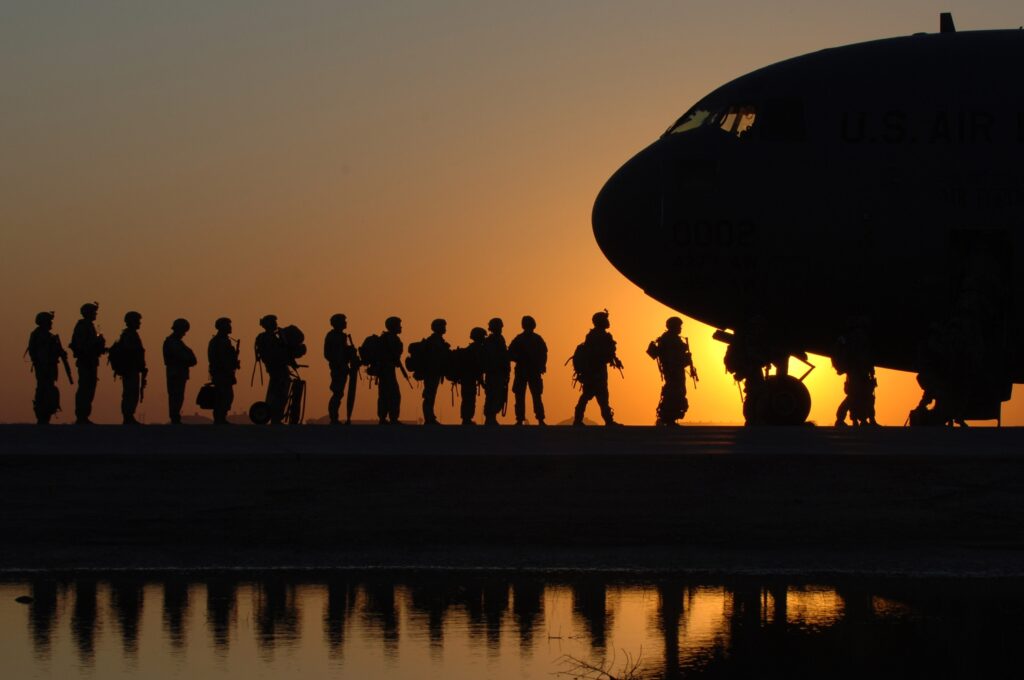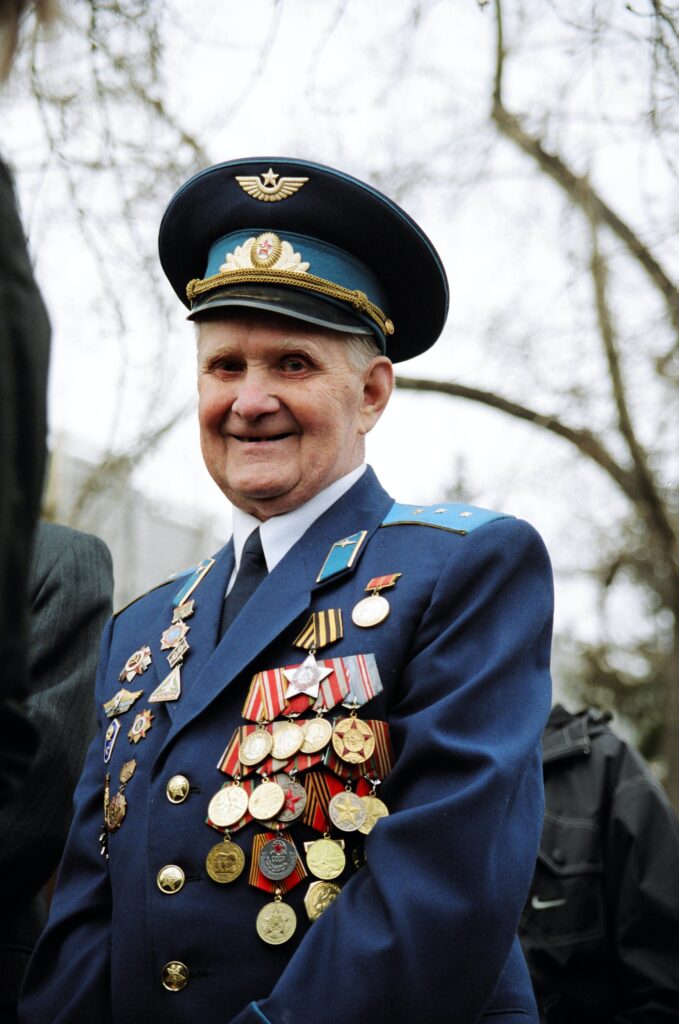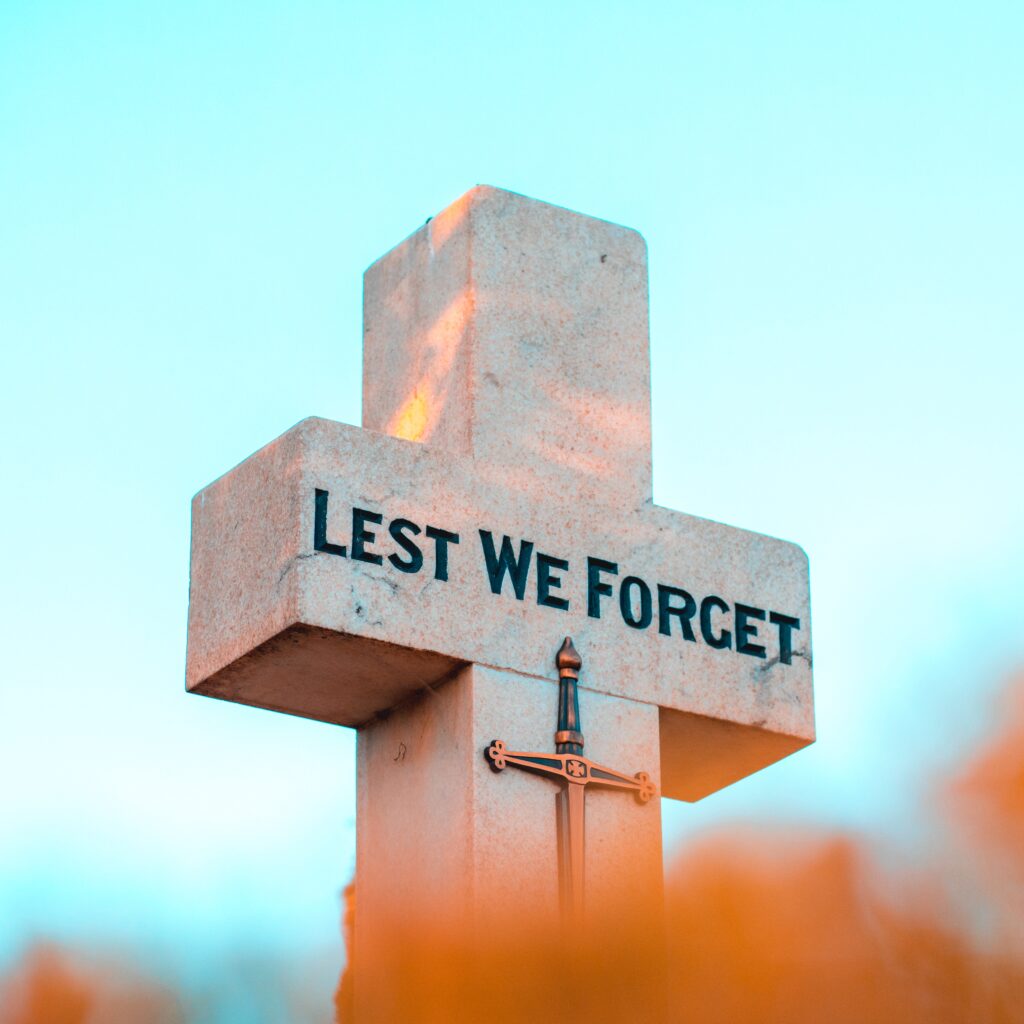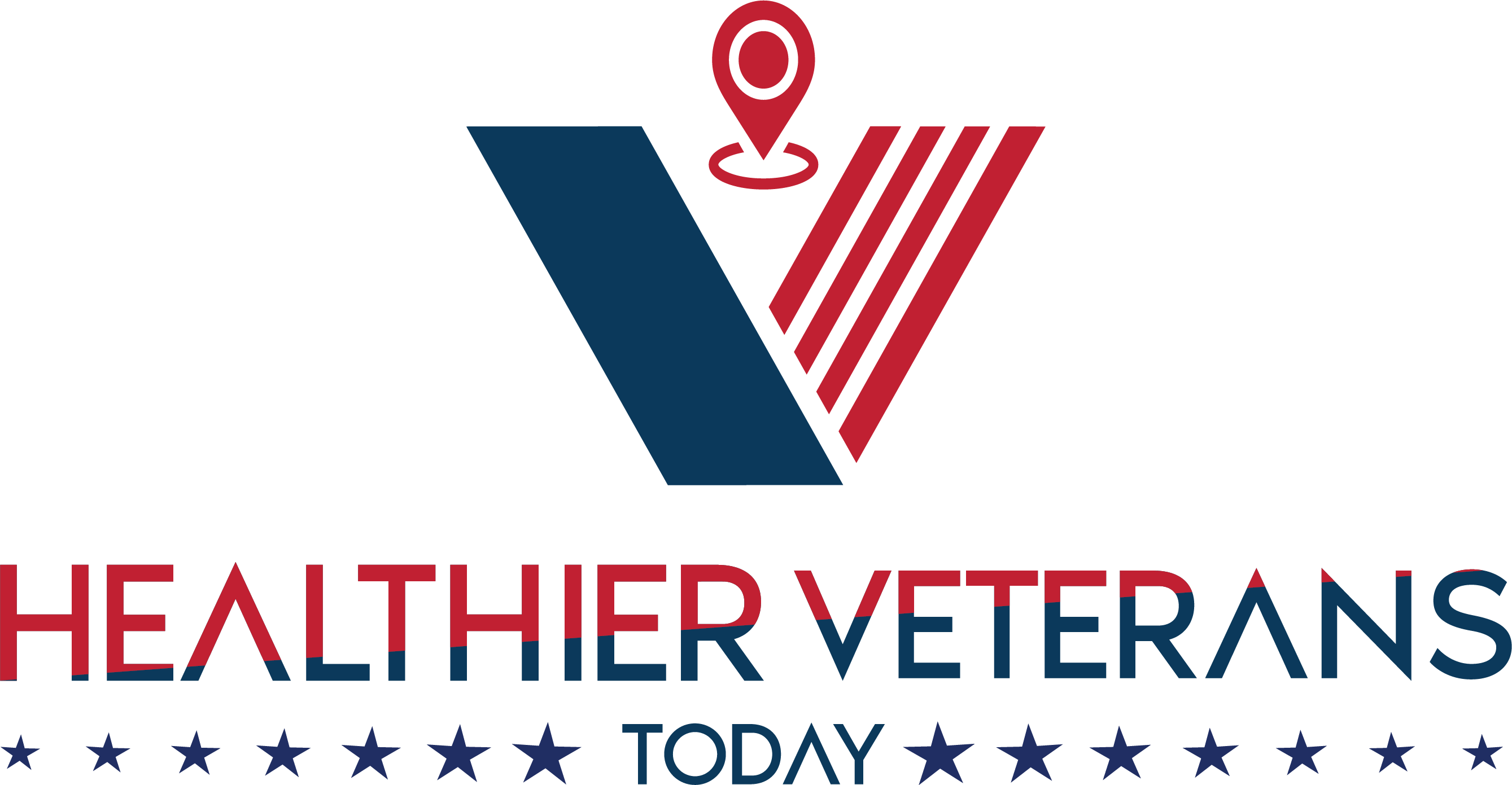What challenges do Veterans face? What is the Veteran Sherman, and how does it work? Every day, millions of veterans face health issues that are frequently directly related to their military service. A recent study of injured post-9/11 veterans found that 94 percent had severe physical wounds, 91 percent had severe mental health issues, and nearly a third required assistance with daily activities due to their injuries. The well-being, convenience, and safety of veterans and their families deserve a lot of attention, especially on Veterans Day. The prevalence of “invisible wounds” is rising among veterans; they don’t leave a visible scar doesn’t make them any less critical. Post-traumatic stress disorder (PTSD) or major depression affects one in five veterans who served in Iraq or Afghanistan, but only half of those who require treatment go to a doctor. Serious mental health issues related to military services, such as depression, PTSD, and anxiety, impact the individual and families and directly correlate to substance abuse and homelessness.
The Veterans Health Administration had not recently provided care to nearly two-thirds of them (VHA). These figures are typically higher when they include former National Guard and Reserve members. Depending on the nature of their service, they might not be qualified for veteran benefits. Initiates like the Mayor’s and Governor’s Challenges to Prevent suicide and the expansion of the Veterans Crisis Line are just two examples of how the Department of Veterans Affairs (VA) has continued its efforts to support veterans’ mental health.
Common Health Conditions Amongst Veterans

What challenges do Veterans face? What is the Veteran Sherman, and how does it work? Veteran’s medical records indicate that “one in three patients had at least one mental health condition, and 41% had either a mental health disorder or a behavioral adjustment disorder.” Many veterans experience substance use disorders (SUDs) due to their service or in conjunction with illnesses related to their service, and a significant portion of them commit suicide.
What challenges do Veterans face? What is the Veteran Sherman, and how does it work?

- SUDs
Veterans are more likely to experience issues with alcohol, tobacco, or narcotics as a result of the pressures of military duty (or a combination). Veterans have more excellent rates of alcohol and cigarette use than non-military persons. Treatment of a comorbid illness (such as PTSD, depression, pain, or insomnia) in some veterans may solve the issue. Long-term care is necessary for others. Numerous clinical practice guidelines have been produced to improve physicians’ outcomes and identify veterans with SUDs.
- PTSD
PTSD is a condition brought on by witnessing or experiencing (directly or indirectly) a traumatic event. Often referred to as “shell shock” or sometimes “combat fatigue.” PTSD affects people of all ages, but it is roughly four times more common in military members (8% of non-military men versus 36% of male veterans). The symptoms, intensity, and duration of PTSD are all interrelated. Four symptom categories—intrusive symptoms (flashbacks), avoiding reminders (isolation), negative thoughts and feelings (“they can trust no one,” etc.), and arousal and reactivity symptoms—are used by the American Psychiatric Association6 to make a diagnosis (exaggerated startle response). Traumatic brain injury (TBI), military sexual trauma (MST), sleep issues, substance use, pain, and other psychiatric disorders are some of the conditions that are frequently linked to PTSD and call for a thorough evaluation. 5 Therapy (including psychotherapy, long-term exposure therapy, family/group therapy, and others), social support, and medicine, such as antidepressants, are the main components of treatment. Veterans can now be evaluated and treated appropriately and quickly, thanks to the development of screening technologies and evidence-based recommendations.
- TBI
“A traumatically produced structural injury or physiological disturbance of brain function as a result of an external force” is what a traumatic brain injury (TBI) is. TBI can be categorized as mild, moderate, or severe depending on how long the victim was unconscious, whether they experienced memory loss or disorientation, and how responsive they were after the accident (i.e., are they able to follow commands). Diagnoses can be challenging due to symptoms including “headaches, dizziness/trouble walking, exhaustion, irritability, memory issues, and problems paying attention,” even though mild TBI (or concussion) is the most prevalent type.
- Depression

What challenges do Veterans face? What is the Veteran Sherman, and how does it work? The National Alliance on Mental Illness (NAMI’s) data that is currently accessible, depression is one of the most prevalent mental health diseases. Veteran depression diagnoses are made at a rate of 14%. (although NAMI believes depression is underdiagnosed). Notably, NAMI discovered that people with PTSD were less likely to kill themselves than people with depression, perhaps as a result of PTSD’s growing acceptance and awareness. Despite its severe effects, major depression is a treatable disorder with an 80%–90% success rate when treated with medication, psychotherapy, and electroconvulsive treatment. According to care models like Translating Initiatives for Depression into Effective Solutions, eight out of ten veterans receive adequate care.
- Suicide
Risk assessment and intervention are crucial because 18 to 22 veterans commit suicide every day. Since not all veterans seek care at VA clinics, private and public health care providers must be aware of patients’ military histories and be able to identify suicide-risk factors in all age groups. However, Kemp and Bossarte9 found that older veterans, aged 50 years and older, were nearly twice as likely to commit suicide compared to non-veterans (69% and 37%, respectively). Young veterans aged 18 to 44 are most at risk for suicide. Furthermore, “6% of veterans who retry within nine months of surviving their initial suicide attempt will pass away.” Referral to a VA facility is advised for the proper counseling and medical care because Kemp and Bossarte’s research showed data demonstrating the effectiveness of VA health care systems in reducing the risk of non-fatal suicide attempts among veterans.
- Chronic Pain
This is where the Veteran Sherman can aid in quality life! The diagnosis and treatment of chronic pain are crucial because 82% of OEF and OIF veterans mention it.
5 Since “chronic physical pain is typically coupled with comorbid illnesses, including TBI and PTSD that may complicate therapy,” a thorough examination of pain is essential, as well as identifying related physiological/biological and psychological issues. 5,7 Treatment should concentrate on treating all problems concurrently while using opioids with considerable caution due to the increased risk of SUDs in veterans.
What is Happening in the HealthCare / Veteran Sherman Field for Veterans?

All veterans need and deserve access to high-quality healthcare and items such as a veteran sherman, whether it be to address chemical exposure, the physical effects of military service, or the everyday burden of worry and PTSD. And while there is a lot of variation depending on location, it has been shown that many patients who rely on VA health services receive high-quality care equivalent to that offered by non-VA facilities. Through the MISSION Act and the expansion of telemedicine programs, the VA is attempting to solve this issue, especially for veterans who live in rural regions. However, some officials are worried about how well they will be able to care for everyone who needs it, and the VA as a whole has had trouble competing with the commercial job market in terms of attracting and maintaining doctors. As recent reports have shown, the improper handling of claims may have cost veterans millions of dollars. But ultimately, the quality of care for veterans who gave their lives for their nation shouldn’t depend on where they live.
Over 9 million of the 18 million veterans currently residing in the United States depend on the Department of Veterans Affairs and Veterans Health Administration for medical treatment. The VA is a leader in providing top-notch care to brave servicemen and women with more than 1,250 medical facilities spread out across the nation and is one of the only organizations to see budget growth.
Work in Progress
What challenges do Veterans face? What is the Veteran Sherman, and how does it work? Nevertheless, it’s crucial to remember that there is still a long way to go, regardless of where veterans receive medical care, their gender identity or orientation, or how they served.
Do you want to learn more about what a veteran Sherman is, and how a veteran Sherman can aid in the well-being and life quality of you loved one? Leave us a comment saying “Veteran Sherman”!





